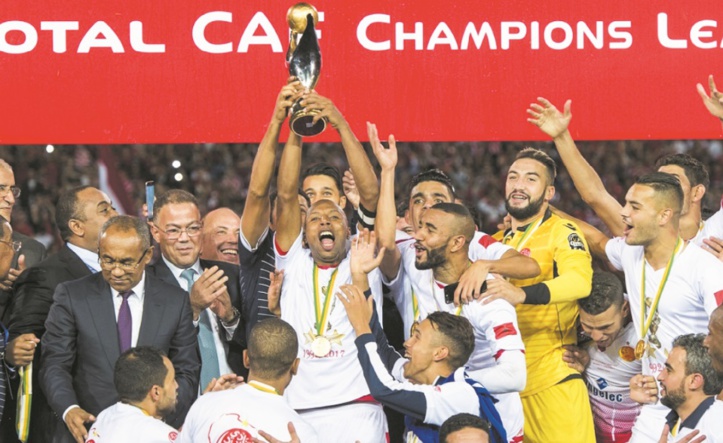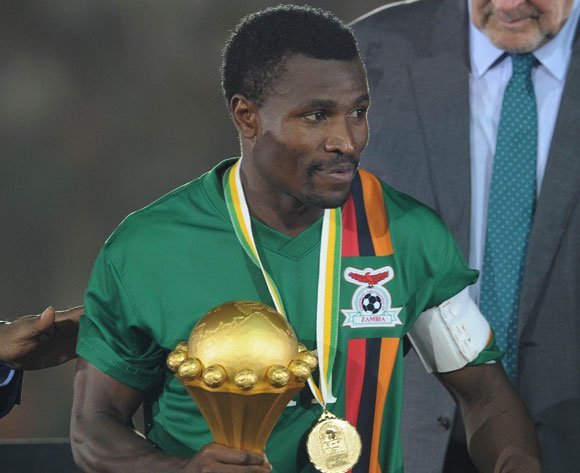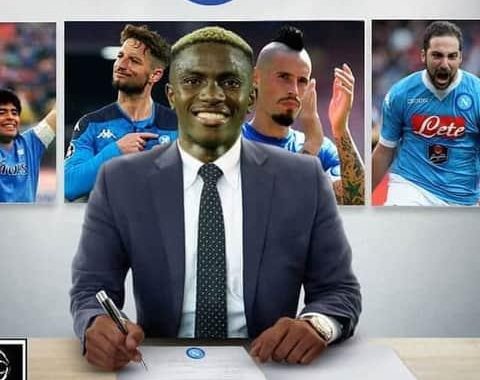Inarguably, one of the biggest developments in CAF has been Morocco’s ascension to the top of the league rankings over the last few years. Wydad Casablanca have been the most successful club, reaching two Champions League finals with a victory in 2017 and a controversial defeat in 2019. Raja Casablanca conquered the 2018 Confederation Cup, while RS Berkane were the runners-up in 2019. Both of the upcoming CAF Champions League semi-finals will feature Egyptian teams against Moroccan clubs, and there is guaranteed to be a Moroccan finalist in the Confederation Cup.
The success of North African clubs in CAF competition is well established. The top clubs are able to utilize substantial budgets to keep domestic players at home and acquire talented players from sub-Saharan Africa who are attracted by larger paychecks and exposure. Egypt and Tunisia’s top clubs have always led the pack by combining foreign talent with talented domestic players to find success. However, Moroccan clubs have recently acquired the prestige and money to draw top talents out of the same countries (D.R. Congo, Mali, Nigeria, Ivory Coast, etc.) to fulfill lofty continental ambitions and compete with other North African powers.
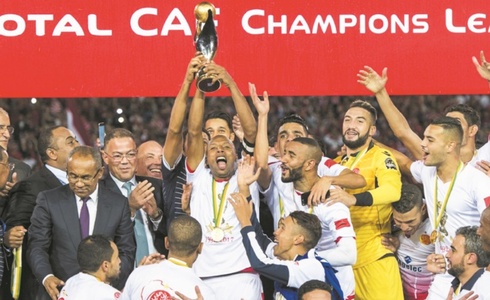
Wydad Casablanca won the CAF Champions League in 2017
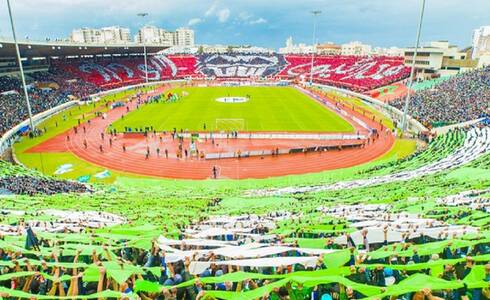
A scene from the Casablanca derby. Moroccan clubs maintain high attendances and fan interest.
So how have Moroccan clubs reached the point of not only competing with clubs from Tunisia and Egypt, but defeating them on CAF’s highest stage? The answer lies in capitalizing on fan interest in the domestic game and high investment in youth development. A weakness in North African club football is that with many domestic players remaining in the league for extended periods, talented young players must wait until they are over 20-years-old to establish themselves at top clubs. As a result, many of the players in these countries must go to a smaller domestic club or try their luck in Europe.
Where Morocco has obtained an edge in this department is through large-scale spending from the wealthiest king in Africa, King Mohammed VI, as well as private investment. A royal initiative resulted in the 2009 opening of the Mohammed VI Football Academy, based in Salé. Initially costing $16.8 million, the academy has been a massive success at providing training and schooling, with the facilities universally praised as top class. Nasser Larguet, a former technical director at the academy, cited 47 of the 57 players graduating to professional football during his tenure, with nine in Europe and the rest playing in Morocco’s top two leagues (Botola and Botola 2). The success of the academy is a model that has expanded its reach to other Moroccan cities, and Mohammed VI has only been inspired to invest further. Most importantly, the academy provides showcase opportunities for players to catch the eye of a club domestically or abroad:
“…young players from the academy have participated in a variety of international championships, forming the backbone of Morocco’s national teams. They have been gold medalists at the Islamic and Mediterranean Games, Champions of the U-21 Danone Cup in Marrakech with 10 players from the Academy, gold medal winners at the Francophone Games, champions of the African Youth Games, and winners of the African Championship (CHAN)…’Talent management into the first teams in Morocco is not very good, so the step to European Clubs at 18 years old is the best next step for young players,’ Mark Wotte (Morocco U-23 manager) concluded.”
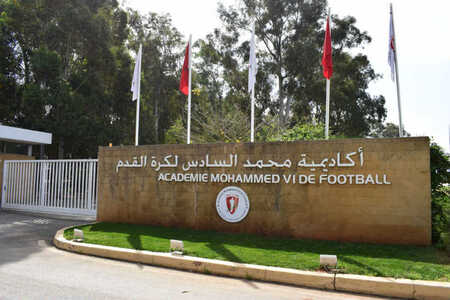
Entrance to the Mohammed VI Football Academy
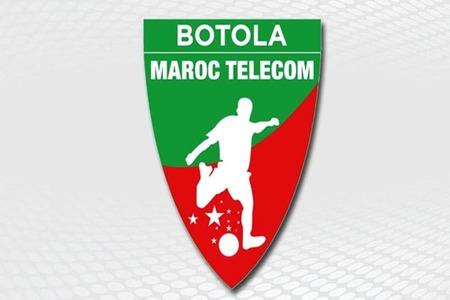
The Botola is Morocco’s top division
Another factor in Moroccan success is an emphasis on the progression of club ownership in the Botola, the domestic league. In a SportAfricana podcast, Moroccan football expert Jalal Bounouar describes several ways the Royal Moroccan Football Federation (RMFF) maintains fan interest in the Botola. Investment in stadium quality, training facilities, a television broadcasting deal and the encouragement of clubs to operate as private businesses are all essential.
Interest in domestic football remains high, so large attendances (sometimes 40,000-50,000) and a steady television presence sees the league maintaining revenue and interest. As Bounouar puts it, “these clubs are ‘companies’, and when I say companies, I mean they have investors.” Furthermore, the RMFF’s efforts to expand investment to all areas of the country makes it so a team that isn’t based in a big city like Casablanca, such as RS Berkane, can be relevant and reach the Champions League or Confederation Cup.
Morocco’s rapid progress in African and world football is certainly unique to the country’s situation. Having the king involved encourages projects and investment to happen at a quick rate that may not be possible for other countries to replicate. Finding investors and encouraging private ownership are currently challenging endeavors in many African countries. However, the steps that Moroccan football took to reach their current status are a checklist to abide by. Morocco proves that concentrated and sustained efforts in youth development, media coverage, and finding revenue streams from the domestic game are essential to high-level success.



